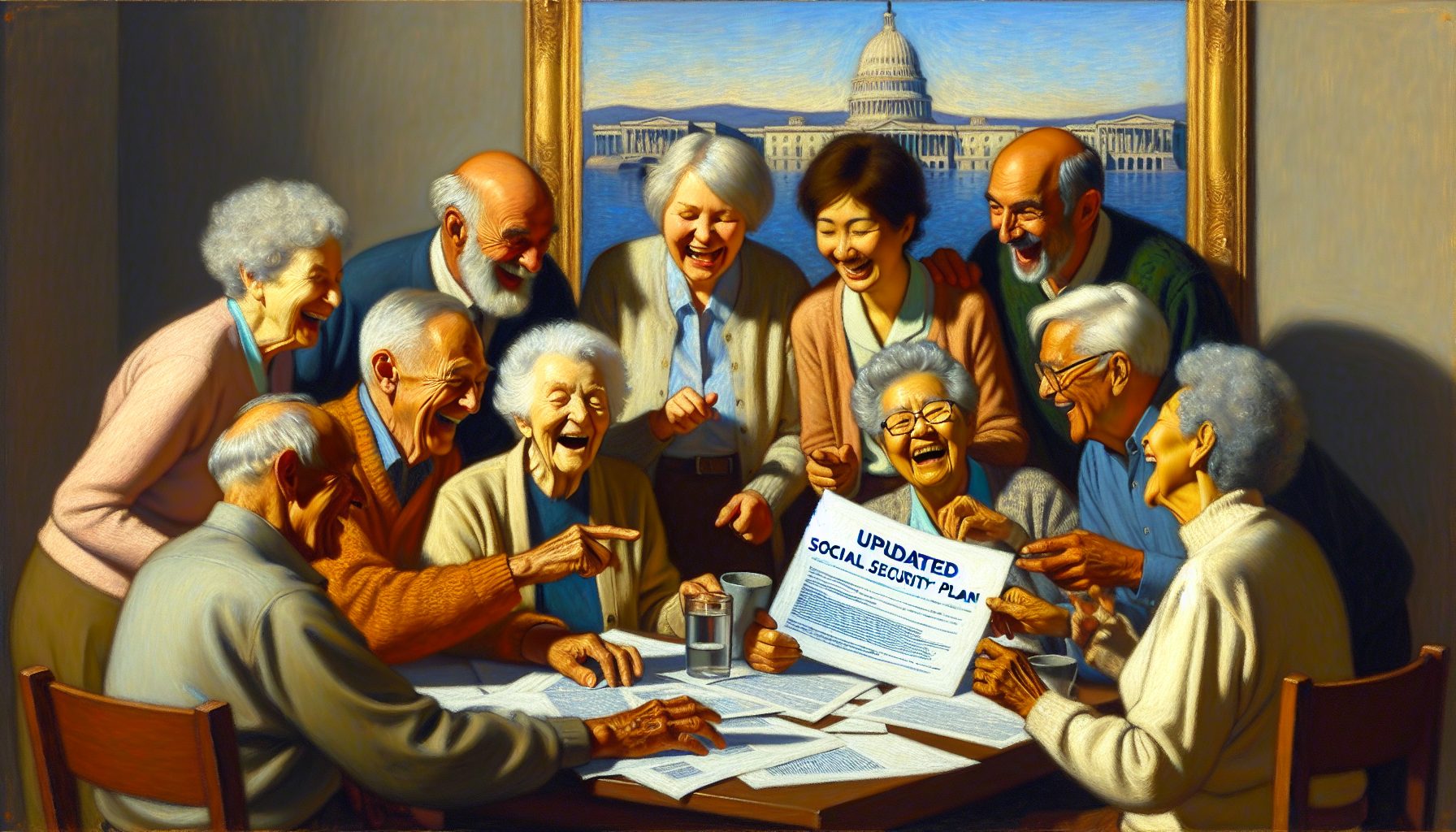The EUR/USD pair is showing promise with its third consecutive day of positive trading, hitting a new weekly high in the mid 1.0800s during Asian trade hours. This surge can be attributed to the sustained weakness of the U.S dollar in the global market, a trend that commentators expect to endure barring any sudden shifts in the world economic predictions.
In this context market observers are paying keen attention to the Federal Reserve’s policy decisions to assess their impact on the dynamics of the currency market. In the meantime, the EUR/USD pair holds the potential for growth. The U.S Dollar’s fall, driven by uncertainty over potential rate cuts by the Federal Reserve, has inadvertently lifted the currency pair.
This uncertain climate offers currency investors the chance of potential profits but warrants a cautious approach due to its unpredictable nature. Market participants are expected to keep a close watch on Federal Reserve indications concerning their rate decision. Should the entity consider a rate cut in June, based on less than expected consumer inflation statistics, the pair’s upwards climb might see resistance.
While the lower interest rate could cause a dip in investor confidence, it is also important to remember that these scenarios can suddenly pivot with new data.
EUR/USD performance amidst US dollar’s weakness
As such, the EUR/USD pair’s future heavily relies on the Federal Reserve’s interpretation of inflation figures and the broader economic landscape. Therefore, it becomes crucial for currency investors to keep abreast with the central bank’s communication.
From a technical perspective, the currency pair’s upward tendency towards the 50% Fibonacci retracement level offers a compelling entry point for bullish investors. The case for an ongoing bullish rally is further strengthened by an encouraging signal from the Relative Strength Index (RSI). But, traders must be wary of any sudden reversals that could challenge this trend.
While market oscillators are rebounding, they haven’t fully committed to a positive signal yet, pointing to the need for cautious optimism. Also, the volatile nature of the market and a lack of strong bullish indicators warrant careful footwork and a close eye on emerging trends before predicting significant profit. Until a definite positive signal surfaces, a cautious approach is advisable.
If the pair breaks the 1.0900 resistance, it opens the possibility for it to reach or even surpass the March peak of 1.0980, crossing the 1.1000 barrier. On the flip side, if it drops below the 1.0825-1.0820 range (the 38.2% Fibonacci level), it is expected to receive support around the 1.0800 mark. Furthermore, if the decline extends below the 1.0700 level, the market sentiment might turn negative, potentially prompting the continuation of the downward trend seen over the past months.









